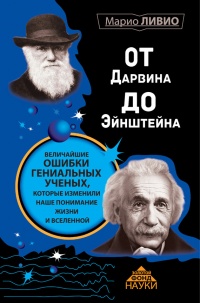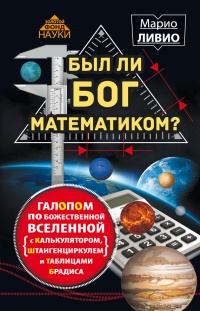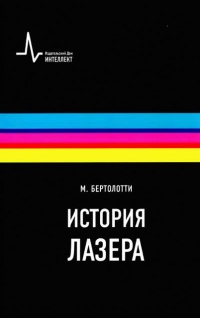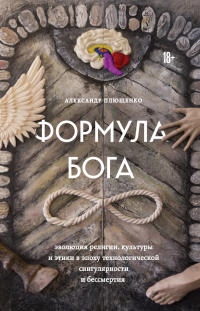Книга Число Бога. Золотое сечение – формула мироздания - Марио Ливио
Читать книгу Число Бога. Золотое сечение – формула мироздания - Марио Ливио полностью.
Шрифт:
-
+
Интервал:
-
+
Закладка:
Сделать
Перейти на страницу:
Перейти на страницу:
Книги схожие с книгой «Число Бога. Золотое сечение – формула мироздания - Марио Ливио» от автора - Марио Ливио:
Комментарии и отзывы (0) к книге "Число Бога. Золотое сечение – формула мироздания - Марио Ливио"












